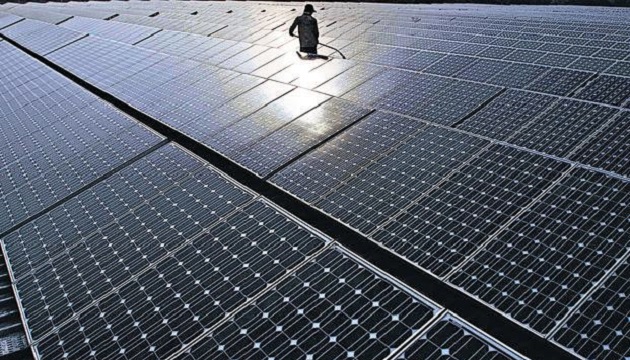The government has set a schedule for state entities and official agencies to float solar tenders in a move aimed at spacing out the offer of large project capacities and preventing distortion of the market.
With a target of adding 100GW of solar power capacity by 2022, the government plans to invite bids for 30,000 MW each in the current and next financial years. This will ensure a steady pipeline of projects through the year instead of inviting too many bids at once and exerting pressure on the entire value chain, industry officials said.
Power and new and renewable energy minister RK Singh took cognisance and directed a timetable of bids is issued to ensure year-round activity.
Following this, the ministry of new and renewable energy wrote to organisations responsible for carrying out solar bids and said clashing of bids of different organisations distorts the market and hence a strict timeline should be followed to avoid such a situation.
The ministry’s direction is a logical one as it allows different stakeholders to plan investments, said Anmol Jaggi, Director of Solar Advisory firm Gensol.
Offering large capacities in a single month also tends to put pressure on tariffs. Developers are likely to cartelise and quote higher tariffs, which disturbs tender activity, a government official said on condition of anonymity.
“If there is aggregation of too many tenders in a month or a particular quarter, it puts a lot of pressure on tariffs and the complete system,” Jaggi said. “Project execution timelines can also be comfortably met if the tenders are distributed across the year,” he added.
Solar Energy Corporation of India (SECI) will now issue bids in December, March, June and September, state agencies in February, May, August and November, NTPC and other PSUs in January, April, July and October.









